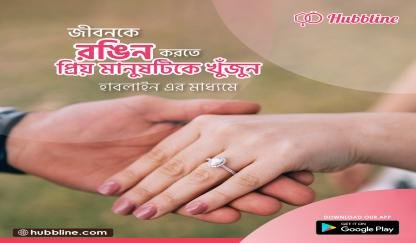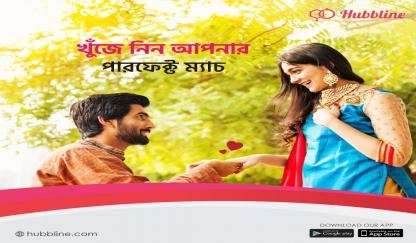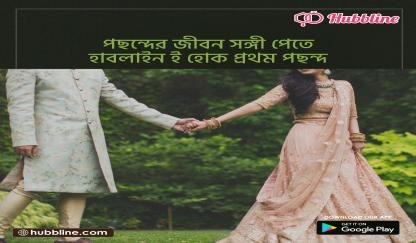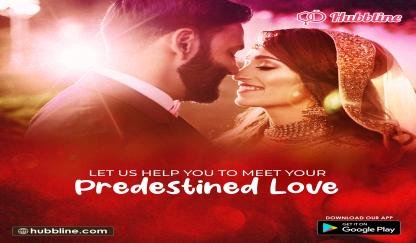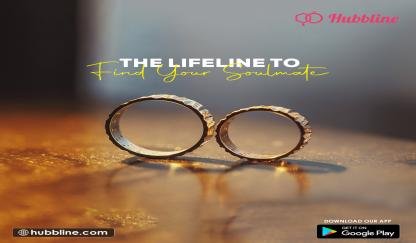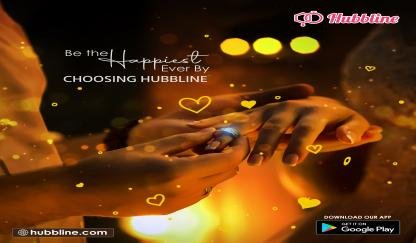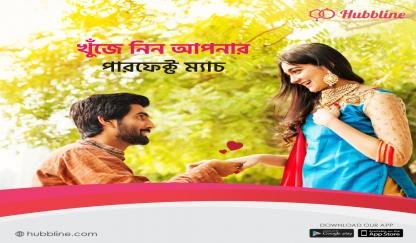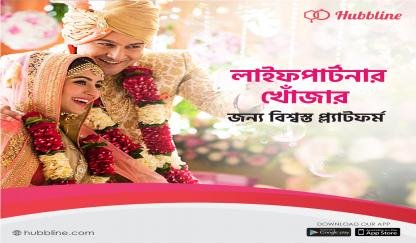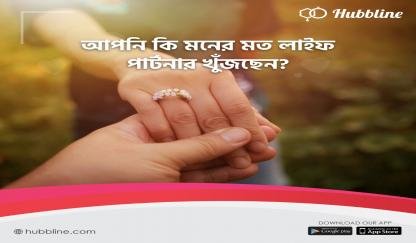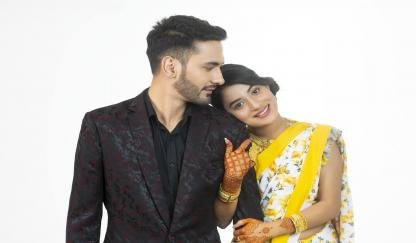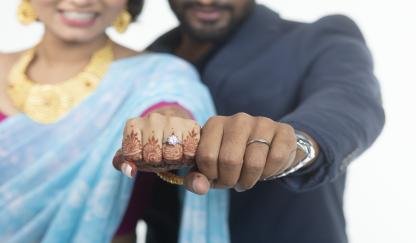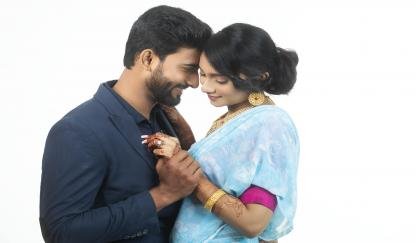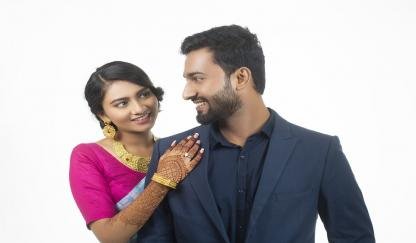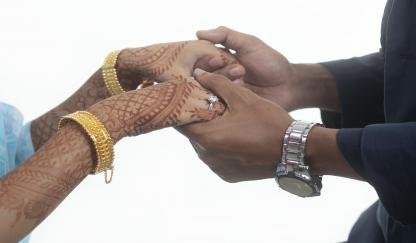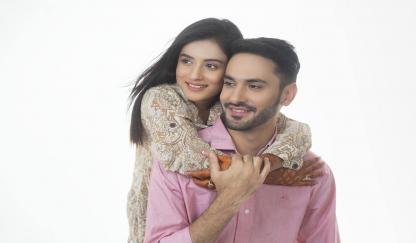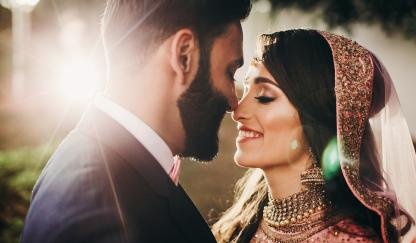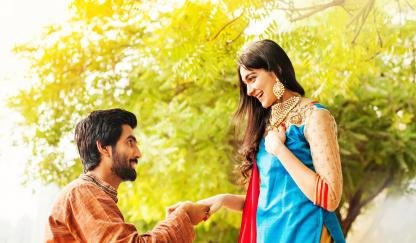
Hindu Marriage System
Hindu Marriage System
Marriage is regarded as a sacred practice in Hinduism and has steadily evolved as an institution. It has become from a purely religious observance to a legally recognized connection. It is an act that confers a certain status on a man and a woman for social and legal purposes.
Marriage laws have undergone various revisions throughout civilized society to keep up with the present situation. Marriage laws in Bangladesh are seen as personal laws of citizens, and as such, they are governed by their respective religions.
In Bangladesh, legislation dealing with citizens' laws is inefficient and inconsequential, resulting in deplorable living conditions for minority people. Hindu marriage binds two people together for the rest of their lives.
It is a legally acknowledged union between the two individuals as husband and wife. Traditional consummation ceremonies follow marriage in Hinduism.
Eloping couple exchange garlands under a tree in a Hindu symbolic marriage.
There are eight primary forms of marriage according to Hinduism. Not all of them are sanctioned by religion.
The eight types are as follows:
Brahma marriage: A Brahma marriage is the marriage of one's daughter to a man of good conduct learned from the Vedas and invited by oneself after lavishing her with expensive clothing and jewelry.
A Brahma marriage is one in which a guy can marry after completing his student life or Brahmacharya. Of the eight varieties of Hindu weddings, Brahma marriage holds the highest place. When a boy's parents look for a female, they evaluate her family background, but the girl's father ensures that the boy who seeks to marry his daughter is versed in the Vedas.
Daiva marriage: This sort of marriage is considered inferior since it degrades womanhood. This is when the woman's family agrees to marry her at a specified period. If she does not find a suitable groom, she will be married off to places where her family chooses through matchmaking through a priest who duly officiates in a religious ceremony. In ancient times, many Royals used this to form diplomatic relations with allies and rivals equally.
Arsha marriage: When a girl is given in marriage to a sage, it is known as an Arsha marriage. Previously, the bride was given in return for some cows. Kings frequently could not deny sages who had such authority and status in society, as seen by the Mahabharata's numerous stories depicting this practice.
Prajapati marriage: When a girl's father offers her in marriage to the bridegroom, he treats him with respect. He addresses them, 'May both of you discharge your obligations together.' Unlike Brahma marriage, Prajapatya matrimony involves the bride's father looking for a groom, albeit this is not as good as the groom's parents looking for the ideal bride. In addition, unlike the Arsha marriage, the Prajapatya marriage does not include monetary transactions.
Gandharva marriage: Gandharva marriage is the consensual union of a girl and her lover on their own.
When it comes to 'love' marriages, Gandharva marriage is the most similar.
In this situation, a groom and his bride could marry without their parents' permission or knowledge.
Dushyanta wedded Shakuntala in this manner.
It's important to note that this is not the same as dating.
Before taking any further action, the bride and groom vow in front of some person, creature, tree, plant, or divinity.
Asura :
It is Asura marriage that distinguishes itself from other sorts of unions. When a bridegroom obtains a female after freely offering as much wealth as possible to the bride and her relatives, an asura marriage occurs.
This is matrimony in which the groom may or may not be compatible with the bride and may even have specific abnormalities. Still, the bride's father's greed or compulsion, combined with the groom's desire and fortune, may render it.
This form of union was regarded as deplorable at all times.
This is unacceptable in current times because it is similar to buying a thing off the shelf and is against Indian law.
Rakshasa marriage: Rakshasa marriage is the forcible abduction of a maiden from her house after her relatives have been killed or maimed, similar to how it is currently practiced as a rite in Kazakh and Uzbek cultures. To persuade the bride to marry him, the groom will force fights with the bride's family, defeat them, and carry her away. This marriage is effectively rape in modern terminology because of the use of force, and it was never deemed appropriate - hence the disparaging word rakshasa connected to it. The Manusmriti condemns this as a base and evil behavior. It is a felony in today's world.
Paishacha: It is considered by Hindus to be the worst type of marriage. The eighth and lowest kind of wicked marriage is paishacha, in which the lover surreptitiously embraces the damsel in distress, either sleeping or flushed with potent liqueur or mentally deranged. This was the most heinous kind of marriage.
With time, things change and modernize. Protecting Bangladeshi women from discrimination based on ancient legislation and the socio-political intentions of some authorities is more critical than ever.
UNESCO offers several projects to enhance public awareness about gender equality and its importance in today's world.
It is simple to argue that enshrining gender equality in Hindu law will not impact the ideals of the Vedic period, which is regarded as the age of enlightenment, harmony, and contentment.
RATE THIS BLOG
Tags
Hindu Marriage System-

sourav sen (29-06-2022)
Nice Blog











